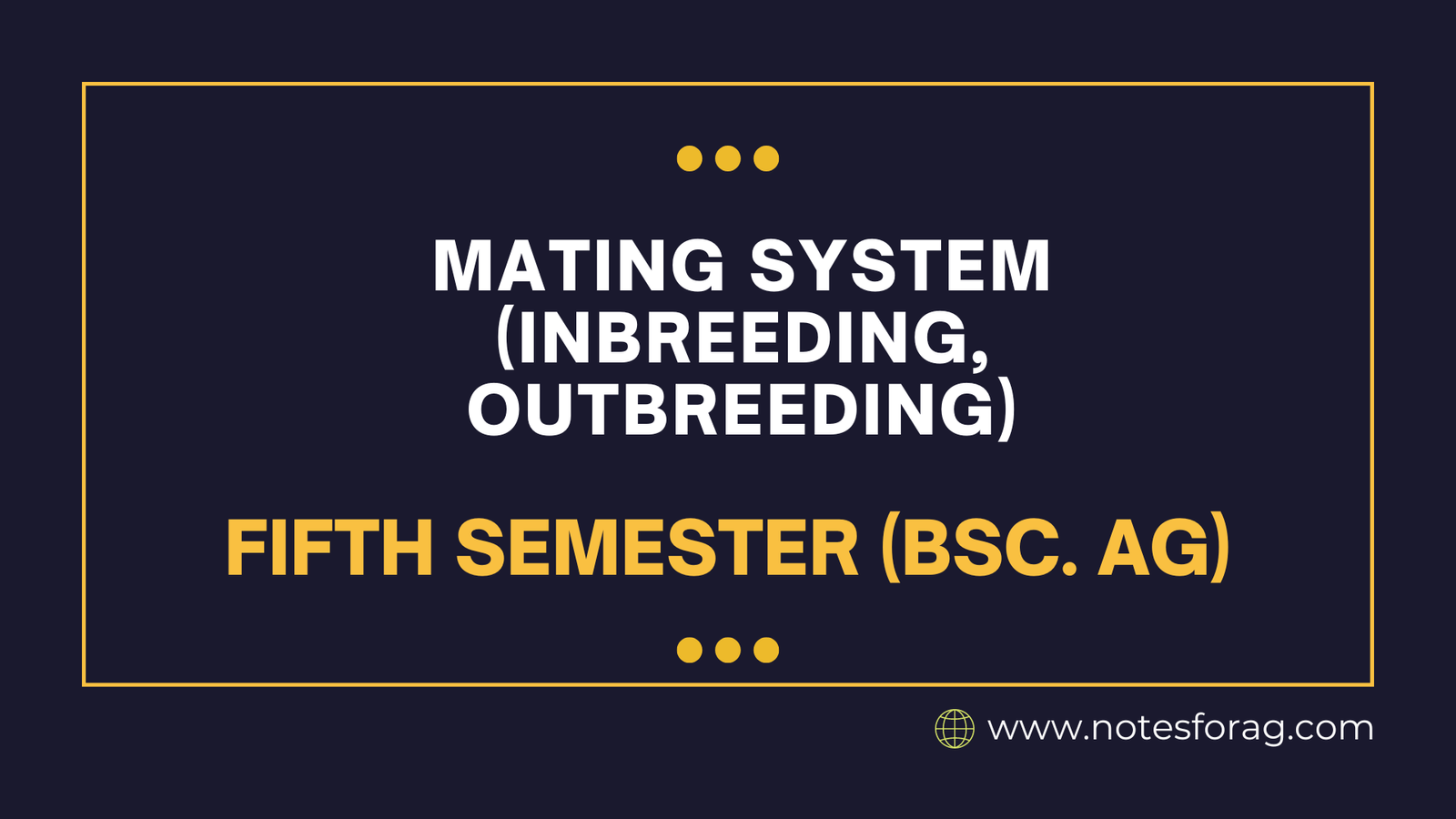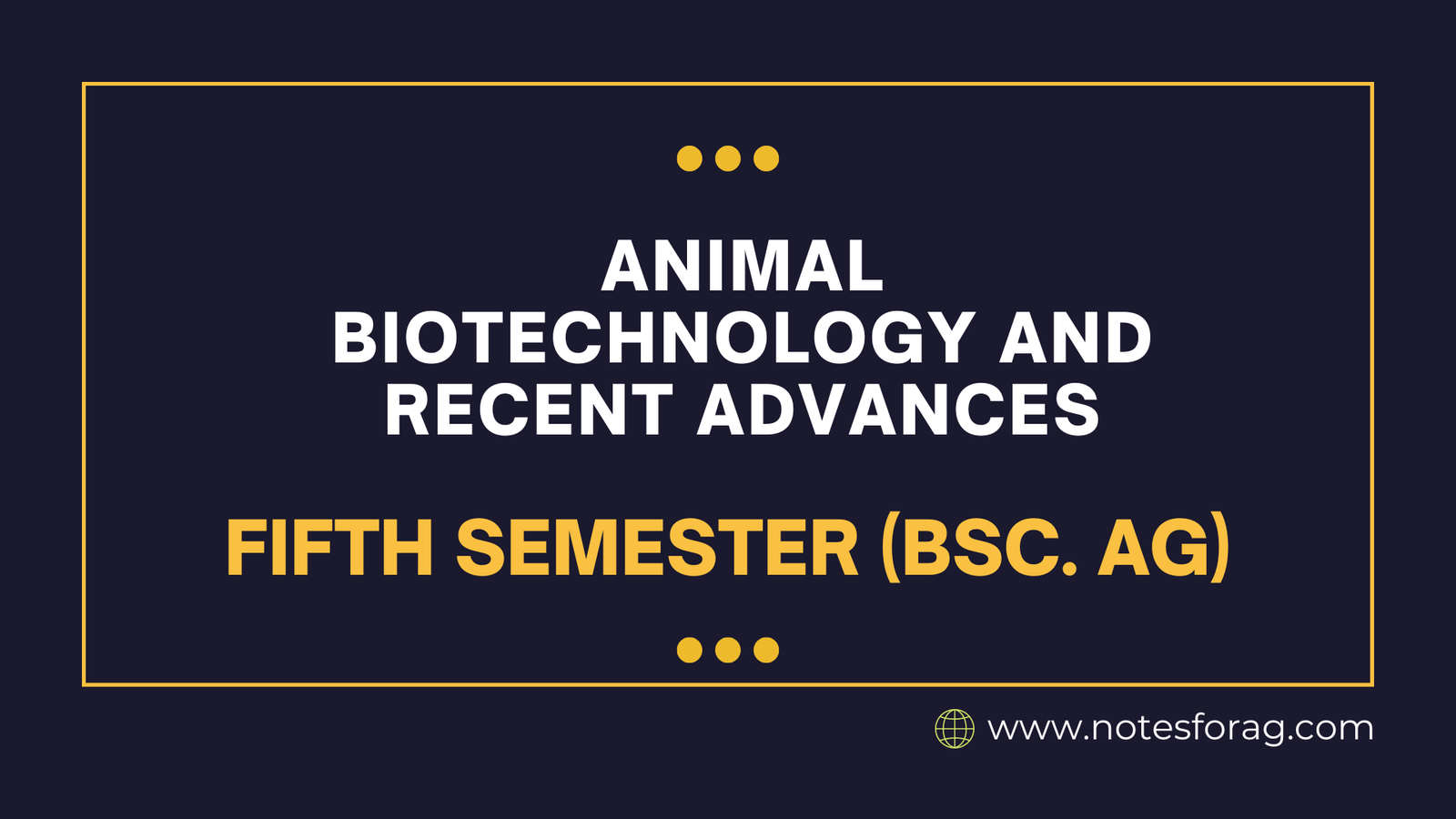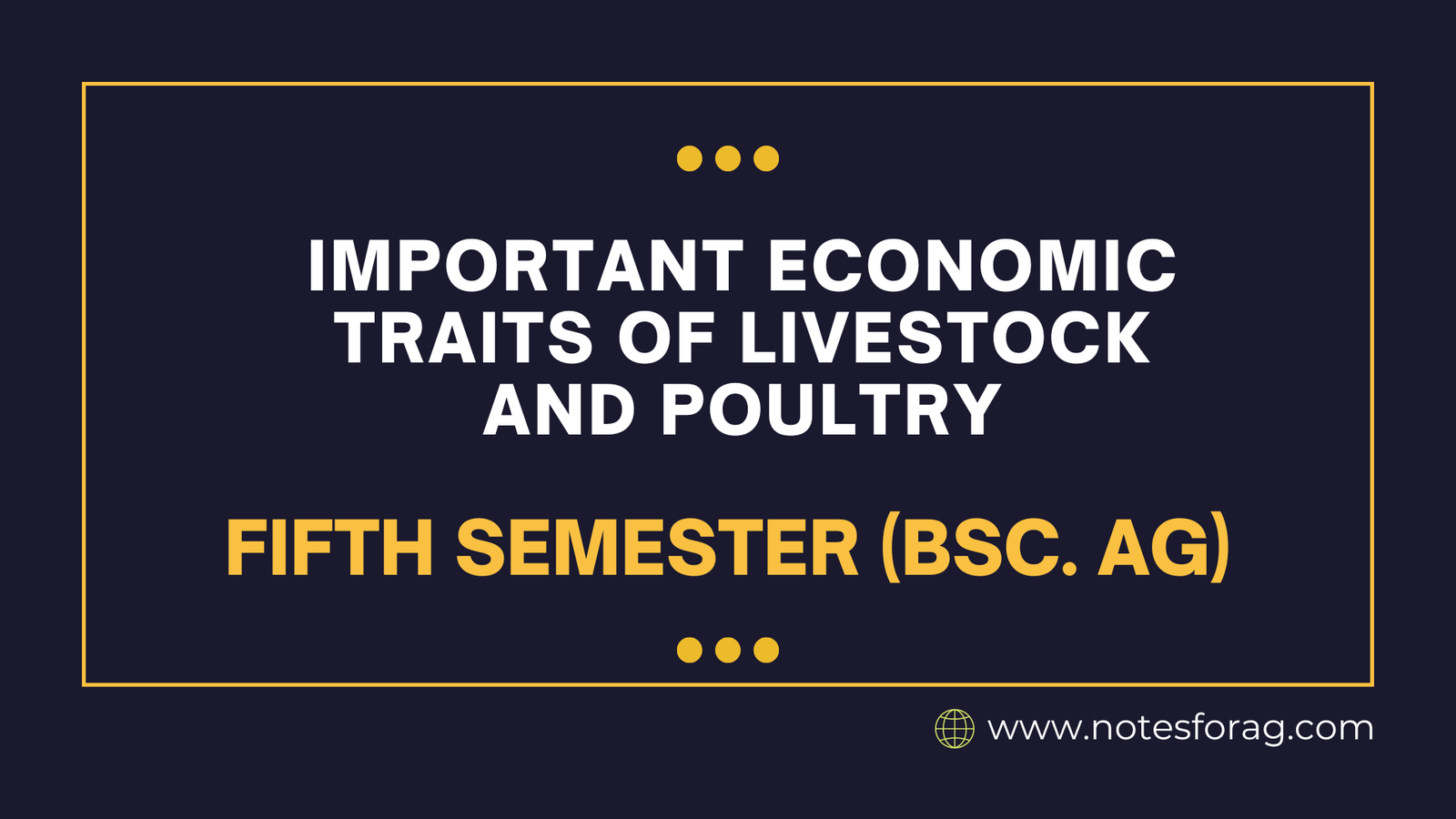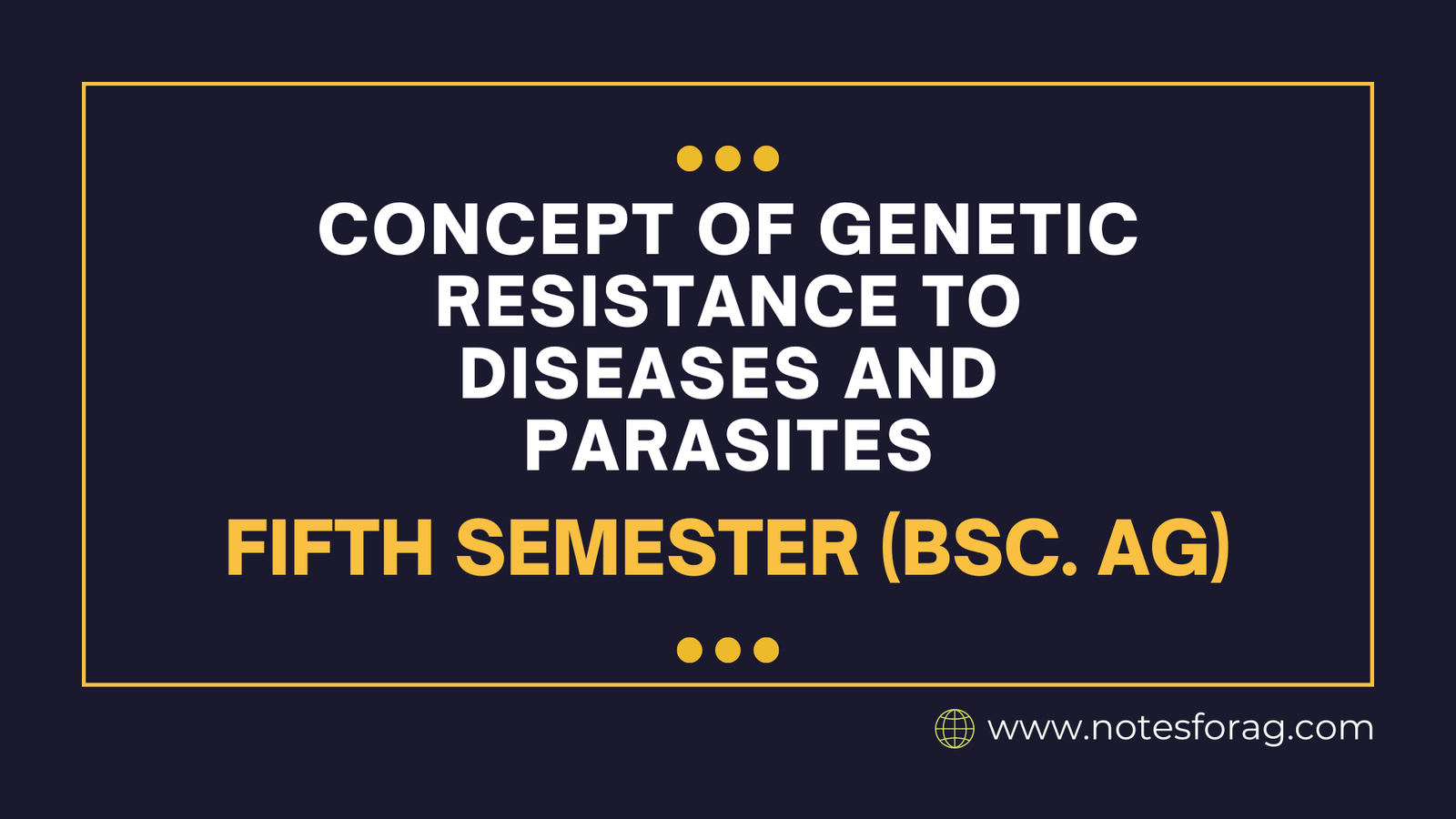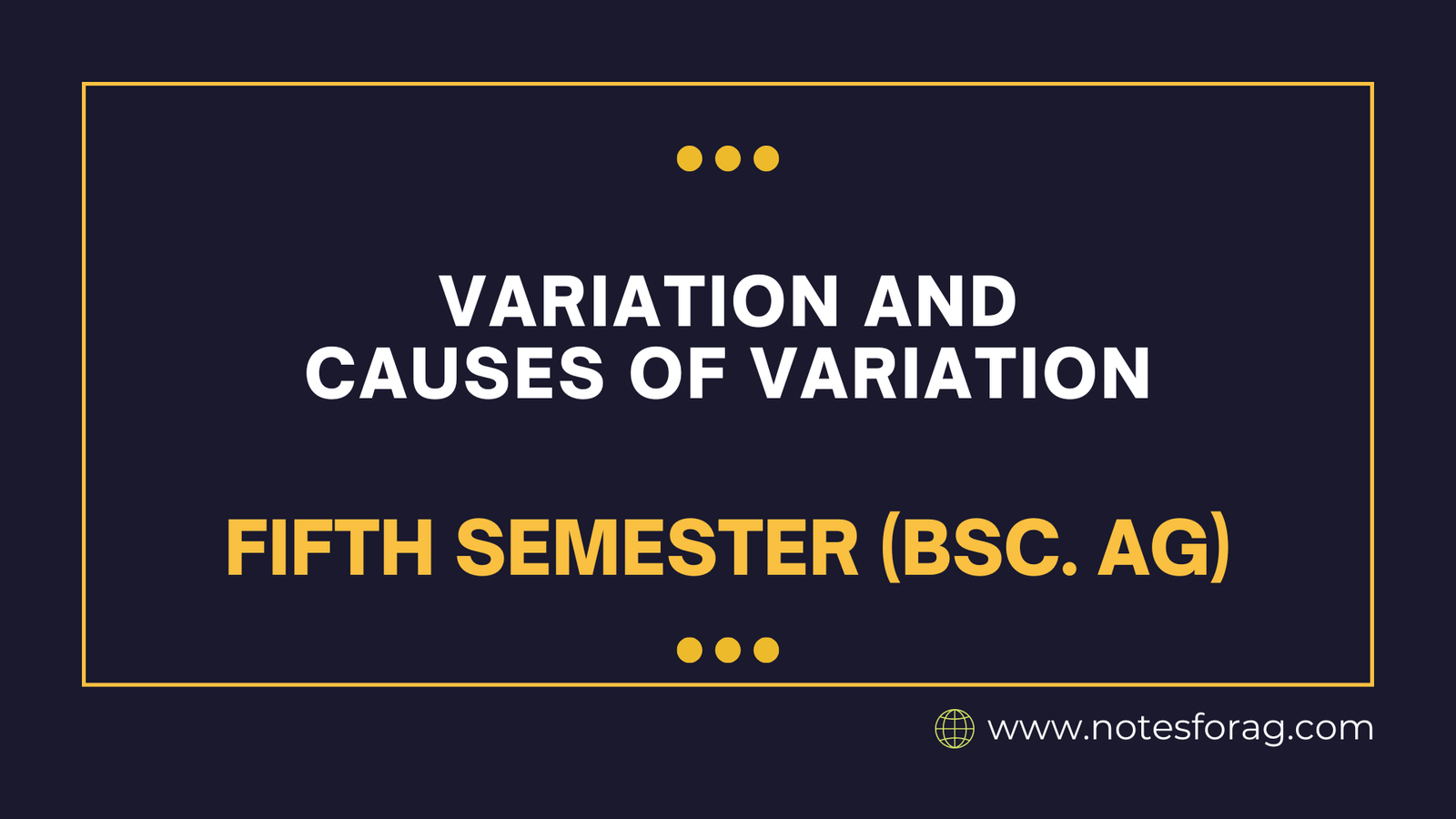Barriers of Communication – Physical, Psychological, Social And Cultural
Barriers of communication are factors that disrupt the effective exchange of messages and can be classified as physical, psychological, social, and cultural. Physical barriers include environmental obstacles like noise and distance, while psychological barriers stem from emotions, attitudes, and mental states such as stress or prejudice. Social barriers arise from differences in social status, group … Read more



